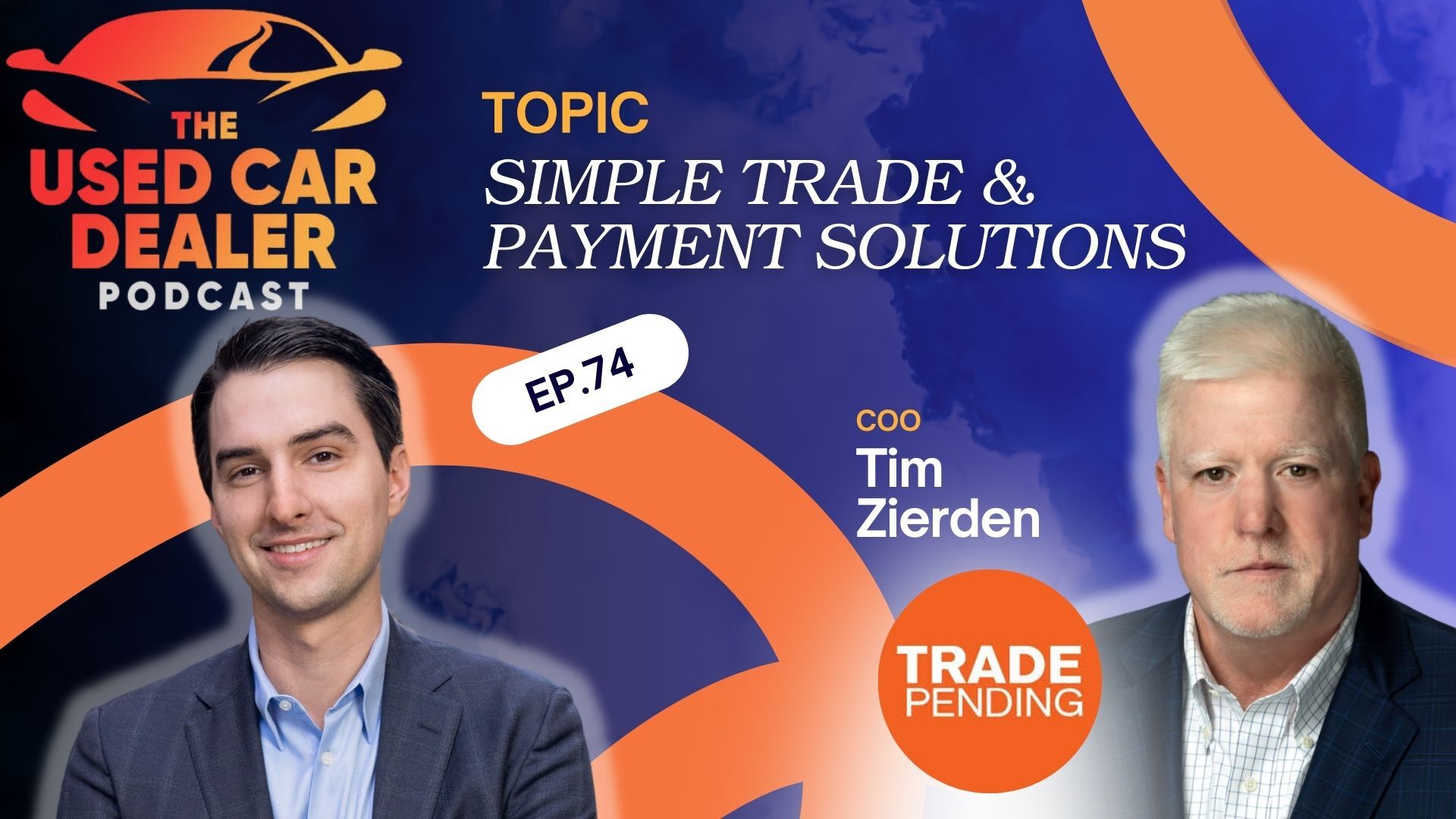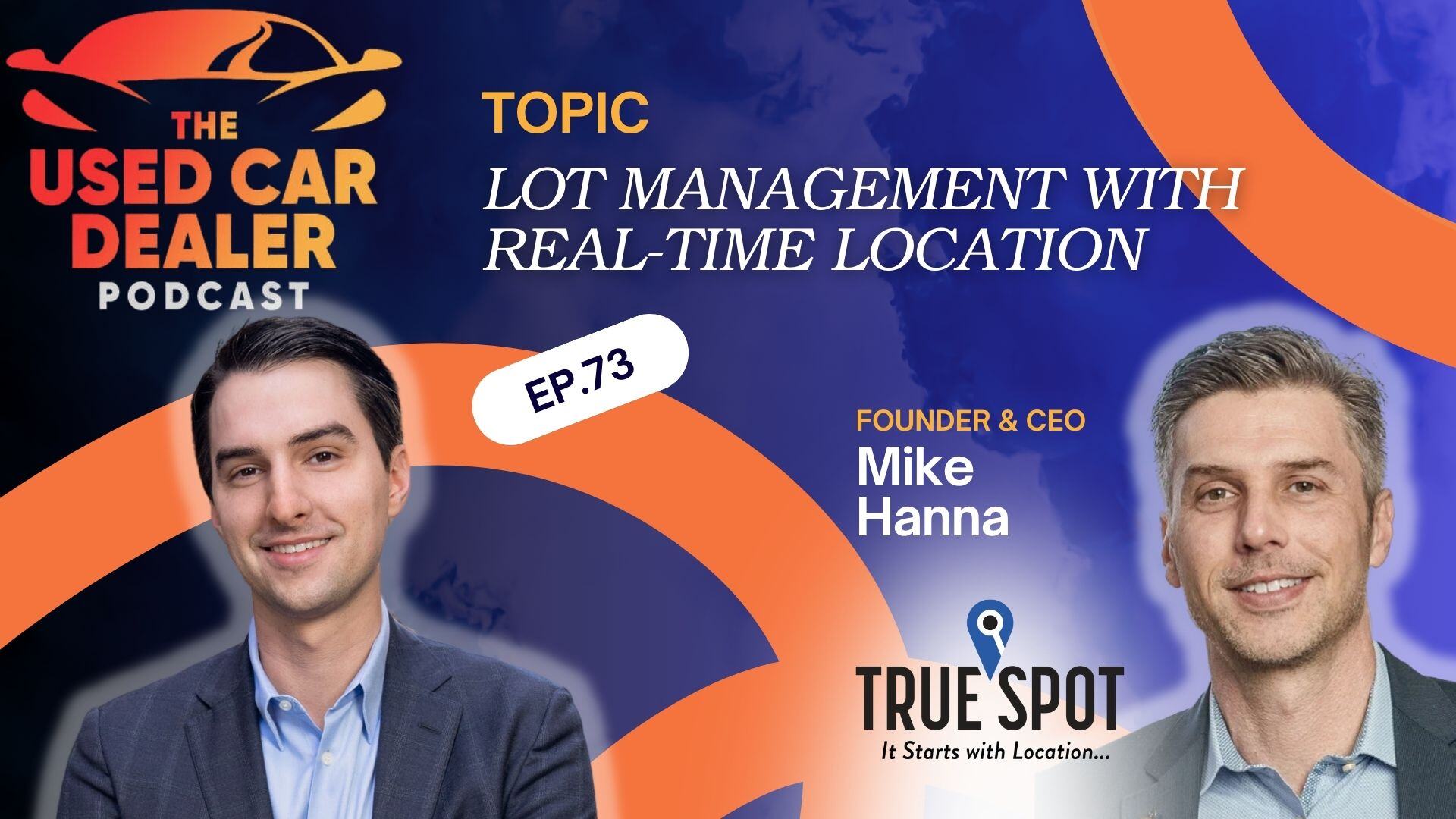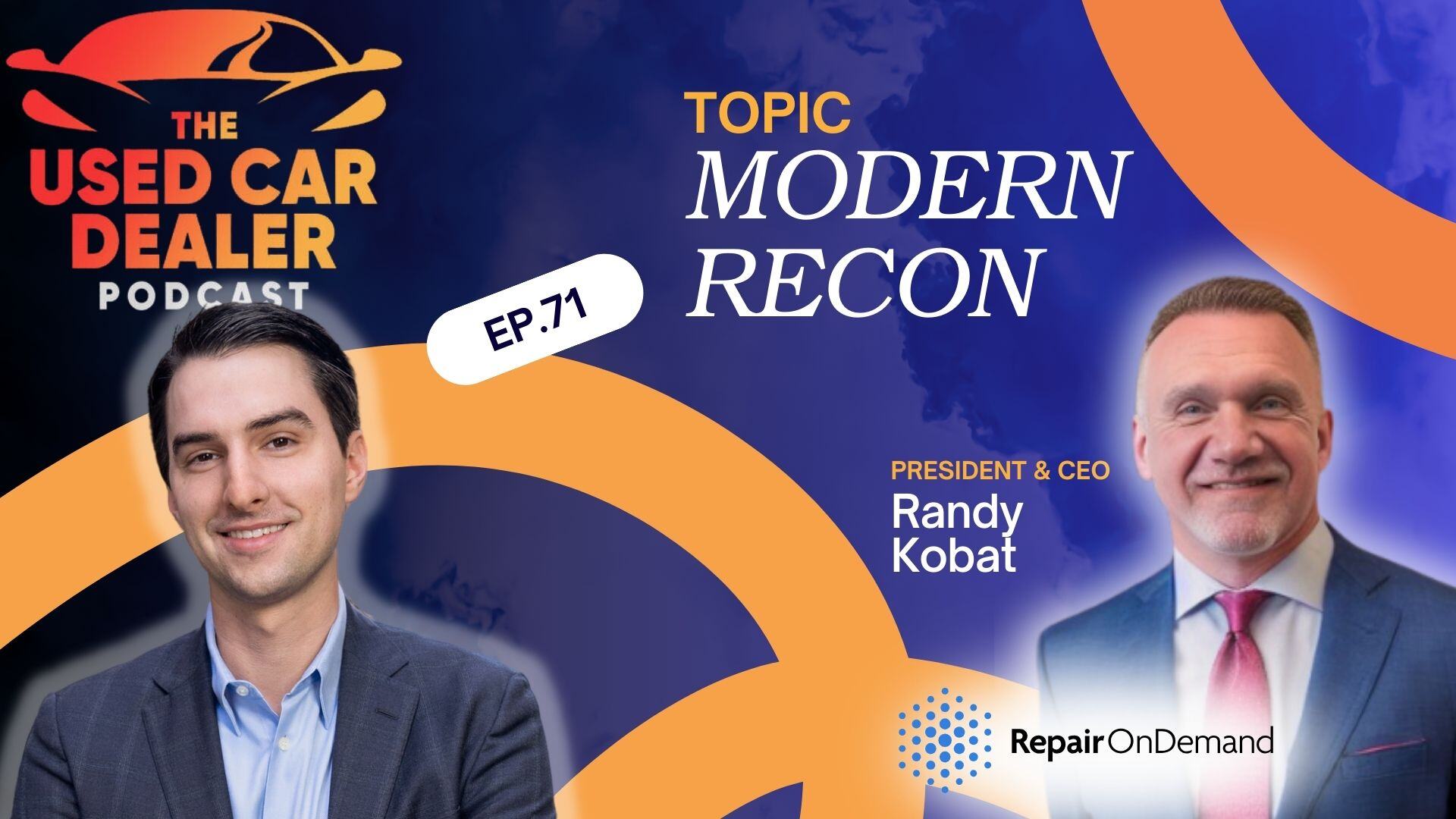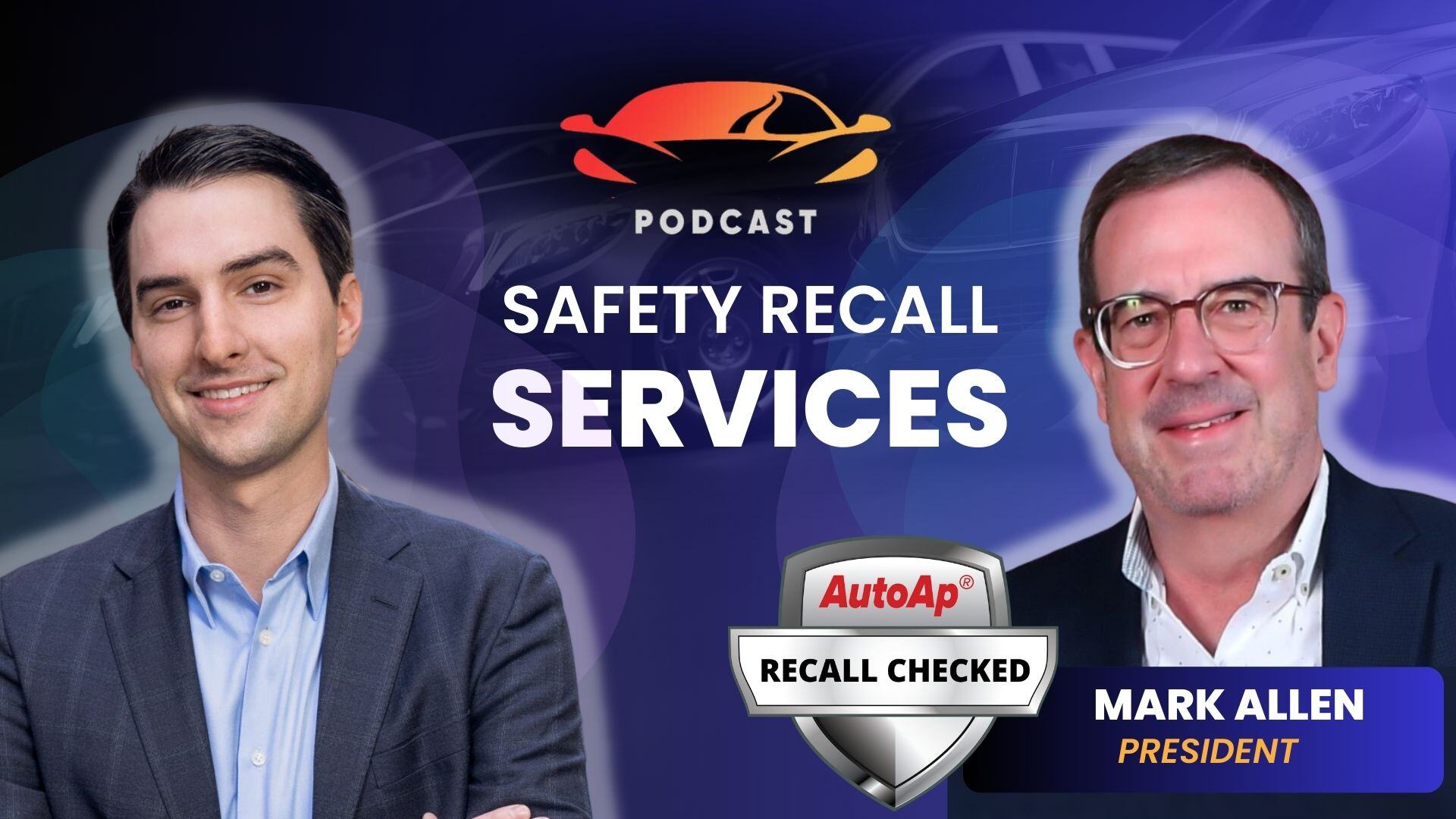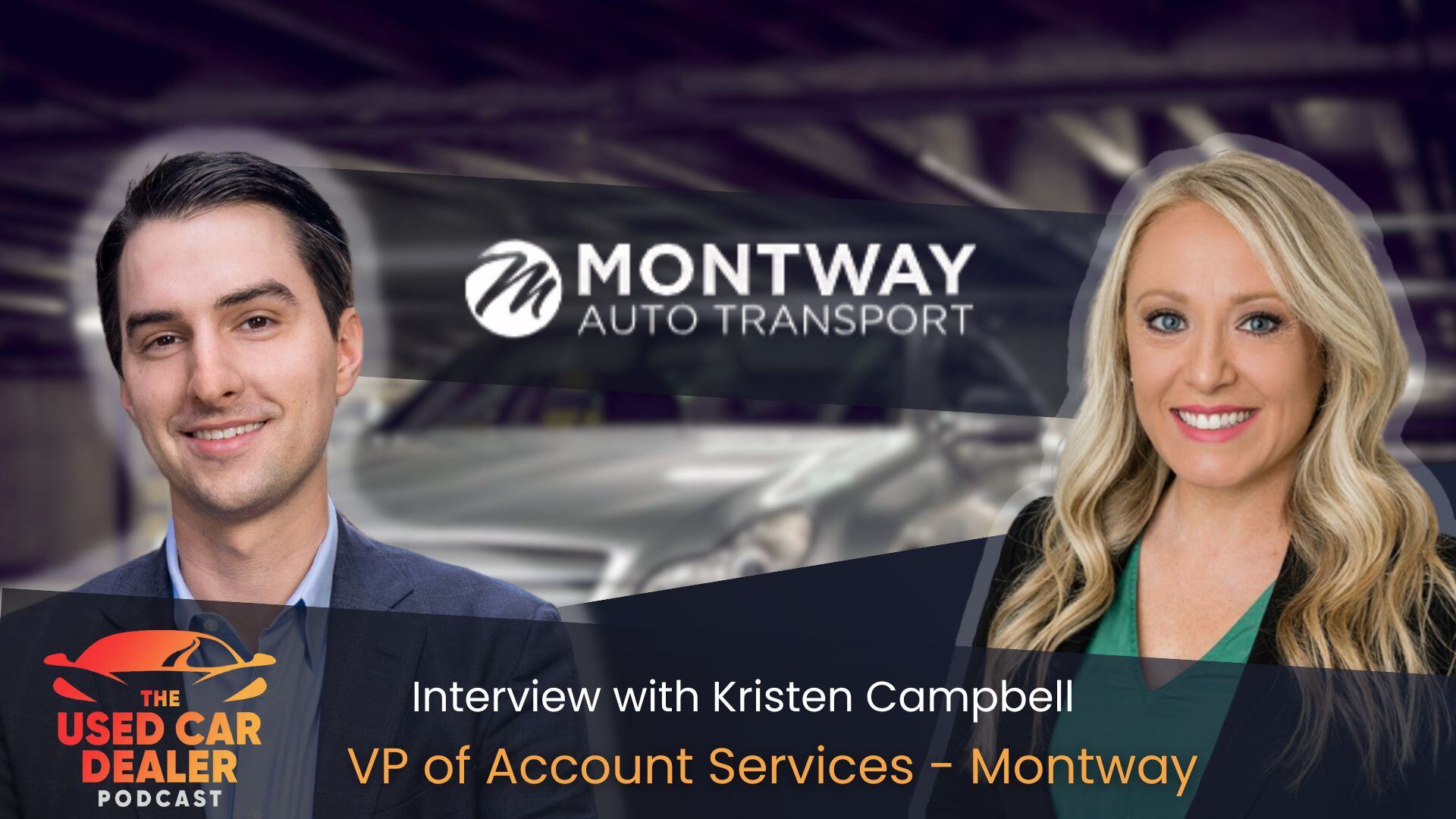In this transcribed blog of the Used Car Dealer Podcast, Zach interviews Melinda Zabritski, Senior Director of Automotive Financial Solutions at Experian. They discuss the average loan amount growth, credit union auto finance market share, and her speaking engagement at the upcoming NABD Super Forum.
Zach Klempf: Hello, Zach here. And we have an awesome guest on the podcast today, Melinda Zabritski, who is a Senior Director at Experian and also an upcoming speaker at the NABD BHPH Super Forum. Melinda, thanks so much for joining me on the podcast today.
Melinda Zabritski: Hi Zach! Pleasure to be here.
Zach Klempf: So as an ice breaker, Melinda, talk about what brought you into the automotive credit space.
Melinda Zabritski: I've been here for so long, it takes people to remember how I actually got here. Been focused on auto credit for probably almost 20 years and consumer credit for 25. I think I kind of fell into it from a product management standpoint as I was managing products that did a lot of credit trending and then just started focusing on auto. And I think what most people find is once you start focusing on auto, it's really hard to leave.
Zach Klempf: Definitely. I feel the same exact way. So talk to me about the average loan amount growth. We've seen many, like CNBC headlines and what does that mean for the industry?
Melinda Zabritski: The loan amount growth has been remarkable over the past couple of years. Just looking at the last five years, the average used loan amount is up almost 50%. We went from 2017 used loan amounts under 20,000 to now 28,000 more. So it's something that has grown tremendously and it's of course, led to payments just hitting record highs. And it does leave a lot of questions to affordability. So that's been top of mind for most people is what's that monthly payment going to be when you go to buy a car, if you can find a new car to purchase.
Zach Klempf: Yeah, I've even seen headlines where the average price of a new vehicle is in the mid 40,000 range, which is just shocking, like from a consumer standpoint. So that definitely pushes a lot of people towards the used car market. And another thing that's been kind of trending is credit union auto finance market share. Talk to me about what you're seeing from your lens at Experian.
Melinda Zabritski: Yeah, so we put together a quarterly presentation that focuses on the auto finance market, and in the Q Two presentation, noticed a huge growth in credit union market share. So we started digging into that a little bit more to see what was happening. And we saw the credit union share grow for new, but especially for used vehicle financing. And a lot of it is due to the rate increases. So when you look at over the last several months of rates rising, the banks and the captives and a lot of the other lenders started raising their rates faster than what the credit unions have been doing. We're starting to see credit union rates increase, but there's still a couple of hundred basis points lower than what banks are doing. And so that's led to some pretty remarkable growth in credit union share. Now they're starting to increase their rates, but again, they're still a lot lower. And just in the past couple of months they've become the number one lender for used vehicle financing. Over 30% share in the last couple of months. So it's been pretty remarkable increase in their volume and then their share and also on new as well, but for Use largest lending group right now.
Zach Klempf: And why is it several basis points behind the credit unions or any thoughts on that?
Melinda Zabritski: Well, some of it is the cost of funds. They're a different regulatory environment. Cost of funds can be a little bit different as well. So that certainly leads to some of those rate differences. We're starting to see the increase right now with the credit union as well. But like I said, banks 7% or so credit union is still in the 5% range.
Zach Klempf: Interesting. And talk about prime consumers. Are they opting in for used cars with the skyrocketing price of new vehicles and increasing prices just to borrow money? Like, what are you seeing in the market?
Melinda Zabritski: Well, I started noticing probably about five or six years ago that prime consumers had increasingly shifted into use vehicle financing. That something that we saw for several years more super prime, prime consumers moving into use. Part of that was looking for more affordable options and with COVID and especially the kind of that peak of 2020 Qtwo and a lot of the dealers had to close. We did see captives come out with a really strong incentive and it pulled prime consumers back into new vehicles. Now of course, a lot of those incentives are going away. And as we start to see more and more dealer markups on new vehicle financing and again those loan amounts over $40,000, we're starting to see those prime consumers move back into use. And not only is it just late model used, but also adding some older model your vehicles, whether it's buying a car for a family member or such, but those prime consumers looking again at use vehicles and part of that again, that monthly payment a couple of $100 less for used vehicle than a new these days.
Zach Klempf: And let's double click into that talk about the average loan terms growing and what does that mean for the industry.
Melinda Zabritski: Well, I think that goes hand in hand with that very dramatic increase in loan amount. If we're looking at a 50% increase in the average used loan amount, payment goes up considerably. But what's the one trigger that dealers have to try to keep that payment low is term and lenders are increasingly offering those longer term loans for late model used vehicles and of course on new. So we've seen in the used vehicle space, for example, average loan terms back in five, six years ago would be on the low 60 month side, maybe in the upper 58 months, 59 months. And now we're seeing those used loan terms coming in almost at 69 months, which isn't much different than a new car. So those terms have grown quite a bit. And again, trying to keep that payment a little bit lower.
Zach Klempf: So I have a future’s question for you. What new trends, changes do you see over the next five to ten years coming to the auto credit side of the industry, if you had a magic ball?
Melinda Zabritski: Well, I think we've seen a lot of advancement just with covid change, the way that we purchase and the way that consumers are looking to buy cars as well as finance cars. So I think a lot of the trends that we've seen most recently around digital retail, more of the transaction moving online, there's been such an increase in invisibility into every step of the process. Transparency of the financing has become something that consumers are looking for. So I think we'll increasingly see things, more things go online. You know, lenders offering consumers more options for financing, whether it's direct or still in the traditional indirect channel. So I think we're just going to continue to see more things move online and make more of that transaction easier to initiate completely on your phone. And instead of spending hours at the dealer on financing, you're essentially just wrapping up the deal and picking up those keys.
Zach Klempf: So you have a speaking engagement upcoming at the NABD Super Forum and what is it focused on and why should buy here,pay here- dealers attend this session.
Melinda Zabritski: So this is a session that is a roundtable, it's a focus on the auto economy. And I'm going to be joined by Tom Contos from Car Option Services, Mark Strands from Cox Automotive. So it's a great opportunity to have a very well rounded discussion around options and values and overall economic conditions, as well as just the pure what we are seeing from consumer credit, consumer financing. And the focus, of course, will very much be on deep subprime and subprime dealers. So, a great opportunity for folks to have access to these three types of data sources all coming together to talk about what we're seeing in the auto economy overall. So I think it's going to be a great, well rounded session and highly recommend folks join us for it.
Zach Klempf: And lastly, is there anything exciting you want to announce or plug about Experian?
Melinda Zabritski: There's so much going on at Experian, but as it relates to a lot of this type of information I mentioned, I do this quarterly presentation and I have several colleagues that also focus on many other aspects of the market. And a lot of these presentations are very much focused on national trends. However, there are a lot of resources that dealers and anyone interested in the industry can use to dig down into their very specific market, look at things from more of a micro aspect instead of necessarily always macro. So encourage folks, if they're interested in learning more. Check out our website, reach out and see what kind of you know or data insights you can obtain that's really focused on your specific space.
Zach Klempf: And, Melinda, we'll definitely include some of that in the show notes. And thanks so much for joining us on the podcast today.
Melinda Zabritski: Great. Thank you. Pleasure to be here.
State of the Automotive Finance Market Report
Experian Automotive Quarterly Trends Reports



